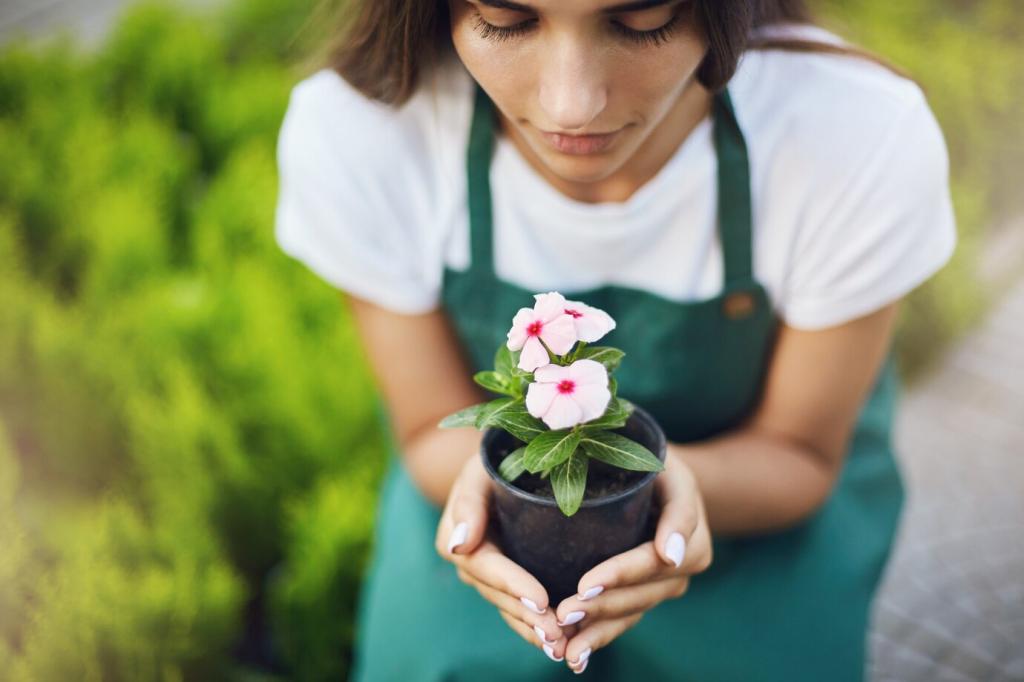
Maximizing Green Space in Small Urban Gardens
Creating a lush, inviting sanctuary in the heart of the city is both a rewarding challenge and a creative endeavor. Urban gardens, particularly those with limited square footage, require innovative thinking to transform compact spaces into verdant escapes. Whether you have a tiny balcony, petite courtyard, or modest rooftop, it’s possible to maximize every inch for greenery, tranquility, and beauty. This guide explores practical strategies for maximizing green space in small urban environments, helping you nurture a garden that feels boundless, even within city limits.
Assessing Site Potential
Start by assessing the unique characteristics of your urban space. Take note of sunlight patterns, wind exposure, soil conditions, and existing architectural features. Evaluate how these factors impact plant selection and layout options. Every site presents different opportunities—perhaps vertical walls offer sun-drenched surfaces for climbers, or a lack of grass encourages creative container gardening. Understanding these attributes is the first step in optimizing what’s available and laying the groundwork for a tailored, thriving green space.
Defining Functions and Zones
Decide how your small garden will be used so that you can define distinct zones within it. Whether you envision a dining nook, a quiet reading corner, or a productive herb patch, delineating these functions ensures each area supports your lifestyle. Use changes in flooring materials, variations in plant height, or subtle shifts in container shapes to demarcate zones, providing structure while maintaining a sense of openness. This approach helps the garden feel organized and purposeful, making even limited space feel multifunctional.
Visualizing Spatial Flow
Visualizing how you and others will move through the garden is essential for maximizing utility and enjoyment. Plan sightlines that draw the eye to focal points, such as a striking plant or a feature wall, to create depth and interest. Consider circulation paths that allow easy access to all corners without crowding plants. By orchestrating the flow, you encourage exploration and interaction, making a small garden feel larger and more inviting.
Embracing Vertical Dimensions
01
Choosing Vertical Structures
Selecting the right vertical support structures unlocks maximum planting potential. Options include trellises for climbing plants, modular green walls, pocket planters, or even repurposed shelves. The choice depends on your specific space, exposure, and aesthetic preferences. Well-chosen structures should be both sturdy and visually appealing, enhancing the garden’s design while offering practical support for a diverse range of plants such as vines, ferns, or trailing flowers.
02
Plant Selection for Height and Coverage
To make the most of vertical opportunities, choose plants that thrive when trained upward or cascade gracefully down. Climbing species like jasmine, clematis, or edible beans can transform a bare wall into a living tapestry of color and texture. Trailing plants in elevated containers soften hard edges and add visual interest at eye level. By thoughtfully mixing species with different growth habits and light needs, every vertical inch contributes to the garden’s greenery and vitality.
03
Layering for Lushness
Layering plants at varying heights builds the impression of depth and abundance. Position lower-growing specimens at the foreground, mid-sized plants at intermediate levels, and climbers or tall containers behind or above. This tiered system mimics nature, encouraging a rich tapestry of foliage and blooms even in confined quarters. Layering also provides microclimates for a greater diversity of plants, maximizing ecological value and visual appeal while ensuring no space is wasted.
Selecting Productive Containers
Container choice is paramount for maximizing both aesthetics and plant health. Explore options ranging from classic terracotta to sleek modern fiberglass or even upcycled household items. Prioritize containers with good drainage and adequate size for your chosen plants. Grouping containers of varying shapes and heights creates dynamic compositions, allowing you to exploit overlooked corners, window ledges, or staircases for additional greenery and a personalized touch.
Interplanting and Companion Planting
In urban spaces where every square foot matters, interplanting—growing multiple species together—is an excellent strategy. Combine fast-growing edibles with slower-maturing ornamentals, or use companion planting to improve yields and pest resistance. For example, pairing tomatoes with basil not only looks attractive but also benefits both crops. By making smart plant choices and optimizing root and foliage space, you can increase productivity and diversity without crowding or depleting resources.
Rotating and Refreshing Displays
One major advantage of container gardening is the ability to frequently update your plant arrangements. Rotate seasonal flowers, swap out tired plants for fresh specimens, or adjust layouts to respond to changing light and weather. This flexibility keeps your garden looking vibrant and prevents issues related to soil fatigue or pest buildup. Regularly refreshing containers also gives you the chance to experiment, keeping your urban oasis dynamic and engaging throughout the year.
